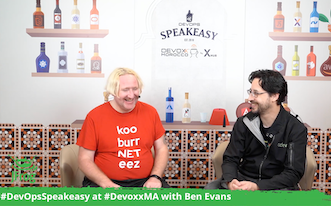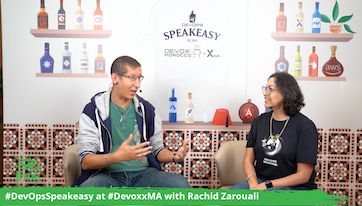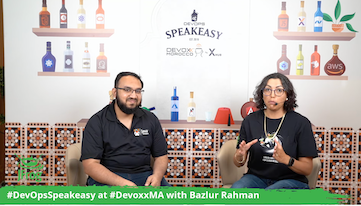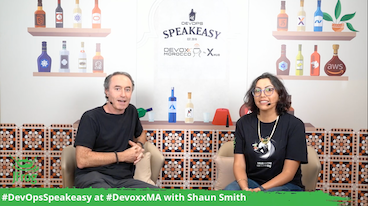Graeme Rocher with DevOpsSpeakeasy at DevoxxMA 2022
October 4, 2022
< 1 min read
In this interview, we speak with Graeme Rocher @graemerocher who is the creator of several popular Open Source projects including Grails (https://grails.org) and Micronaut (https://Micronaut.io), about GraalVM Cloud Native & Micronaut what are the most important features and a little bit about the story of both projects.






